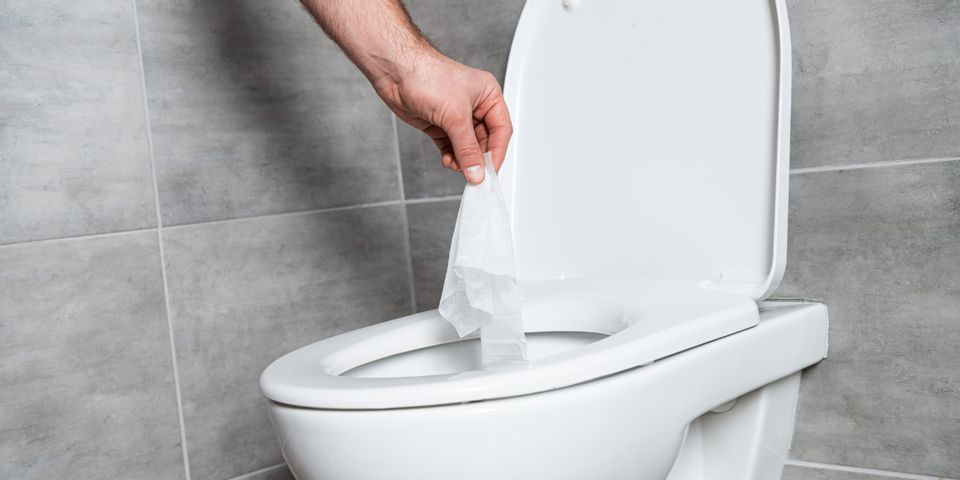Why "Flushable" Products Are Still Dangerous to Your Plumbing

A toilet clog can not only be inconvenient but hazardous. Therefore, whether or not you have a septic system, you should still abstain from sending “flushable” products down the toilet. The following guide explains how these items are still dangerous to your plumbing, despite their labels.
Why Are Some Wipes Called "Flushable"?
Simply put, wipes are labeled “flushable” because companies aren’t restricted from doing so. There is no legislation in place requiring that the companies prove their claims.
At one point, the International Water Services Flushability Group (IWSFG) introduced voluntary guidelines for product testing. However, these relied on tests where the flow of water was more forceful than in a real septic system or sewer pipes, causing the wipes to break down more quickly than in normal circumstances.
Additionally, in the IWSFG’s tests, only 60% of the wipe needed to break up to qualify as “flushable.” In reality, the wipe needs to disintegrate completely to avoid issues.
What Problems Can They Cause?

Since wipes don’t break down like toilet paper, they can clump. They may also interact with other products sent down your pipes, like cooking fat, oils, or other sanitary items. When enough of these substances stick together, they clog the pipes, leading to sewage backups.
On a small scale, this might require you to get drain cleaning or septic system pumping. Depending on how much backflow there was, you might also need water damage remediation. In other circumstances, it could disrupt the city's sewage system. To avoid these issues, throw these products into the trash instead.
Keep your plumbing flowing with help from the experts at Wild West Plumbing, Heating & Drain Service in Kalispell, MT. Their fully licensed team offers a wide variety of services, including drain cleaning and emergency plumber repairs using advanced technologies. They also have an A+ rating from the Better Business Bureau®. Call them at (406) 752-1244 to schedule an appointment or learn about their services on their website. You can also follow them on Facebook®, Twitter®, or Instagram® for news and tips.
About the Business
Have a question? Ask the experts!
Send your question

